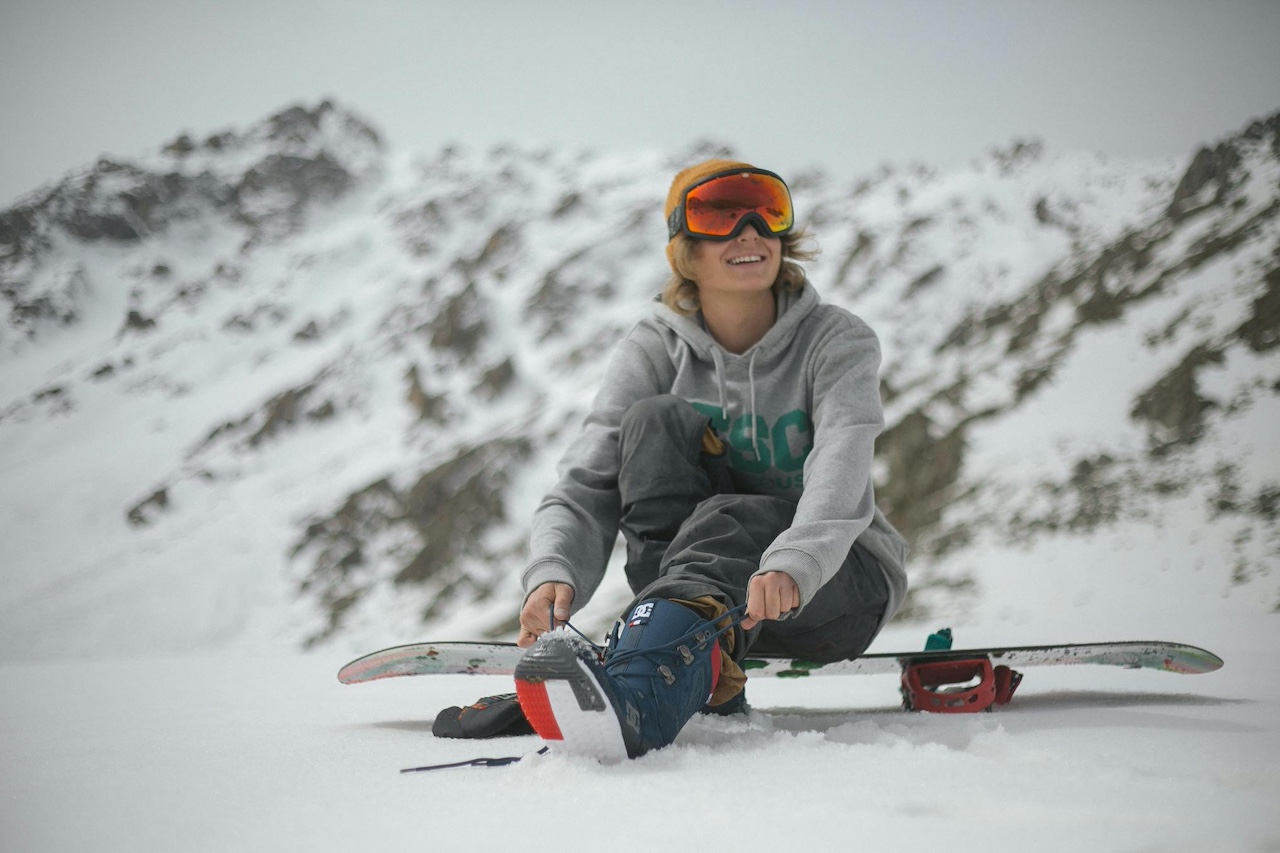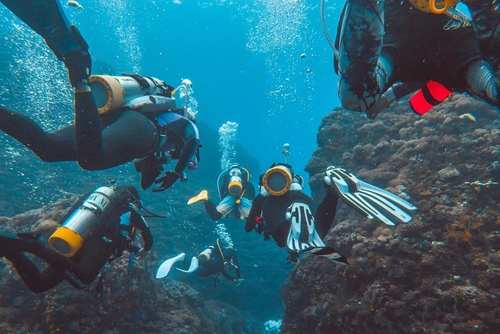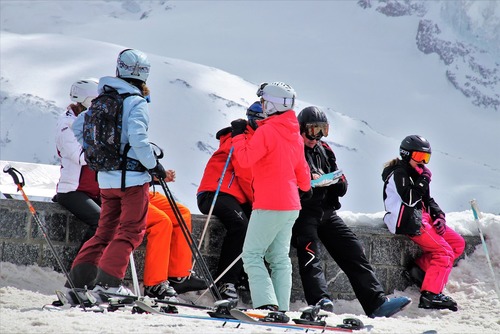Storing and maintaining your snowboard equipment properly during the offseason not only preserves its quality but also prepares you for many more seasons of thrilling rides.
Let’s explore how to keep your snowboard gear in peak condition year-round.
Snowboarding Gear Maintenance
Deep Cleaning Equipment
The end of the season doesn't mean ignoring your gear until the snow falls again. Begin by thoroughly cleaning your equipment to remove the residues of winter fun—salt, dirt, and grime. Dry your gear meticulously. Lingering moisture can lead to mold and mildew, particularly in more absorbent materials like boot liners and gloves.
-
Snowboards: Start by cleaning the base with a gentle soap, removing old wax and grime. Inspect the edges for any signs of rust or bluntness, sharpening them as needed. A fresh coat of wax will protect the base from drying out during the offseason.
-
Boots: Wash the shell of your boots with warm water and a bit of soap. Remove the liners to air them out completely, checking for any signs of wear or deterioration. Consider replacing them if they appear overly compressed or damaged. Buckle up the boots just enough to hold their shape.
-
Bindings: A simple wipe-down with a dry cloth should suffice when cleaning your bindings. Examine the straps and baseplates for any wear. Replace parts if they seem frail or worn out.
Routine Gear Inspections
Regularly inspecting and maintaining your snowboard equipment not only ensures safety on the slopes but also extends the lifespan of your gear. Here’s how to conduct thorough inspections and perform necessary maintenance:
-
Snowboards: Start with a visual check of the entire surface of the board for any signs of wear or damage, such as delamination, cracks, or significant scratches that might affect performance. Pay particular attention to the bindings and ensure all screws are tight and there are no cracks in the plastic or metal components.
-
Boots: Examine boots for structural integrity. Check for any cracks in the plastic shell and ensure that all buckles and straps are fully functional. The soles should be inspected for wear, as worn soles can affect the boot's interface with the binding and compromise safety.
Storing Your Gear
Selecting the right place and method for storing your snowboard gear prevents damage and ensures everything is in good shape when the next season arrives. Here’s how to optimize the storage of your snowboard, boots, and accessories:
-
Climate Control: Choose a storage area that's cool and dry. Basements and garages work, but be wary of dampness which can lead to rust and mold. If your storage area is prone to fluctuations in temperature and humidity, consider using a dehumidifier or placing silica gel packets in the storage area to absorb excess moisture.
-
Avoid Sunlight: Prolonged exposure to sunlight fades and weakens materials, particularly the synthetic components of snowboards and boots. Ensure your storage area is out of direct sunlight to avoid material degradation.
-
Storing Snowboards: If space allows, store snowboards vertically. This puts less stress on the board and maintains its shape. Use a snowboard rack that supports the board at the tip and tail to avoid pressure points. Alternatively, horizontal storage on a flat surface can also be effective, especially if the board is supported along its length to avoid bending.
-
Storing Boots: After cleaning and completely drying your boots, buckle them loosely. This helps maintain their shape without stressing the material. Store boots in a breathable bag to protect them from dust and other environmental elements, but ensure air can circulate to prevent any residual moisture buildup.
-
Storing Accessories: Store goggles and helmets in breathable fabric bags to prevent scratches and protect against dust. Avoid stacking heavy items on top of helmets as this can compromise their structure and effectiveness.
Gearing Up for Next Season

As the new snowboarding season approaches, it’s crucial to prepare your gear so that you can hit the slopes with confidence. Here are detailed steps and considerations to ensure your equipment is ready for optimal performance:
-
Boots: Spend some time wearing your boots around the house to start the breaking-in process. Pick up some new snowboard boot insoles for an extra layer of comfort, and wear them in your boots as you break them in. Flexing and bending in them can help soften the material slightly, making them more comfortable when you actually snowboard.
-
Snowboards: New boards typically come with factory wax, which is often insufficient for best performance. Plan to wax it yourself or have it professionally waxed with a product suitable for the expected snow conditions.
Proper offseason storage and maintenance of snowboard gear are key to ensuring longevity and performance. From cleaning and drying to storing and inspecting, each step you take helps preserve your equipment’s quality. Make the end of the season just as important as the beginning, and enjoy reliable gear year after year.








